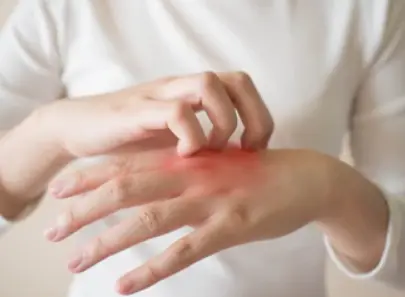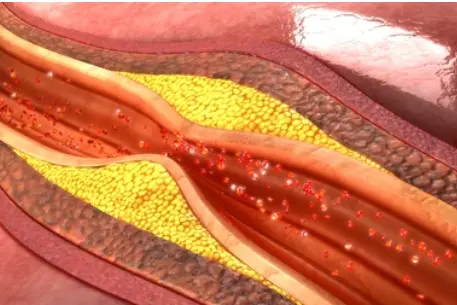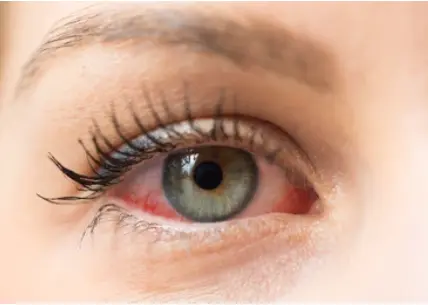 Welcome
Welcome
“May all be happy, may all be healed, may all be at peace and may no one ever suffer."
Loading...
Hyperkeratotic and scaling skin conditions Generics
Hyperkeratotic and scaling skin conditions - Generics
Hyperkeratosis refers to the thickening of the outer layer of the skin, while scaling refers to the shedding of the outer layer of the skin. There are many conditions that can cause hyperkeratotic and scaling skin, including:
- Psoriasis: A chronic autoimmune condition that causes thick, scaly patches on the skin.
- Eczema: A chronic inflammatory condition that can cause thickened, scaly skin.
- Fungal infections: Fungal infections such as athlete's foot or ringworm can cause hyperkeratotic and scaling skin.
- Keratosis pilaris: A common, benign skin condition characterized by small, rough bumps on the skin that can be hyperkeratotic and scaly.
- Seborrheic dermatitis: A common inflammatory skin condition that can cause scaly, hyperkeratotic patches on the scalp, face, or other parts of the body.
Treatment of hyperkeratotic and scaling skin conditions varies depending on the underlying cause. Here are some general treatment options:
- Moisturizing creams: Using moisturizing creams or lotions can help to soften and hydrate the skin, reducing hyperkeratosis and scaling.
- Topical medications: Topical medications such as corticosteroids or topical retinoids may be prescribed by a healthcare provider to reduce inflammation and improve the appearance of the skin.
- Oral medications: In some cases, oral medications such as antifungal agents or immunomodulators may be necessary to treat the underlying cause of the hyperkeratosis and scaling.
- Light therapy: In some cases, exposure to ultraviolet light may be used to reduce inflammation and improve the appearance of the skin.
It is important to see a healthcare provider for an accurate diagnosis and appropriate treatment of hyperkeratotic and scaling skin conditions.

Staphylococcal infections
Infections

Apathy
Disorder

Body dysmorphic disorder
Artery disease

Hepatic amoebiasis
Hepatitis

Parasomnia
Disorder

Pain or swelling of the c...
Eye disease

Pain and fever
Cold and fever

Adjunct to IVF procedures...
Reproduction disease
Searching Keywords Idea
Hyperkeratotic and scaling skin conditions, হাইপারকারেটোটিক এবং স্কেলিং ত্বকের শর্ত
Bangladesh is Number One in Digital Medical Management.
To be happy, beautiful, healthy, wealthy, hale and long-lived stay with DM3S.
To be happy, beautiful, healthy, wealthy, hale and long-lived stay with DM3S.